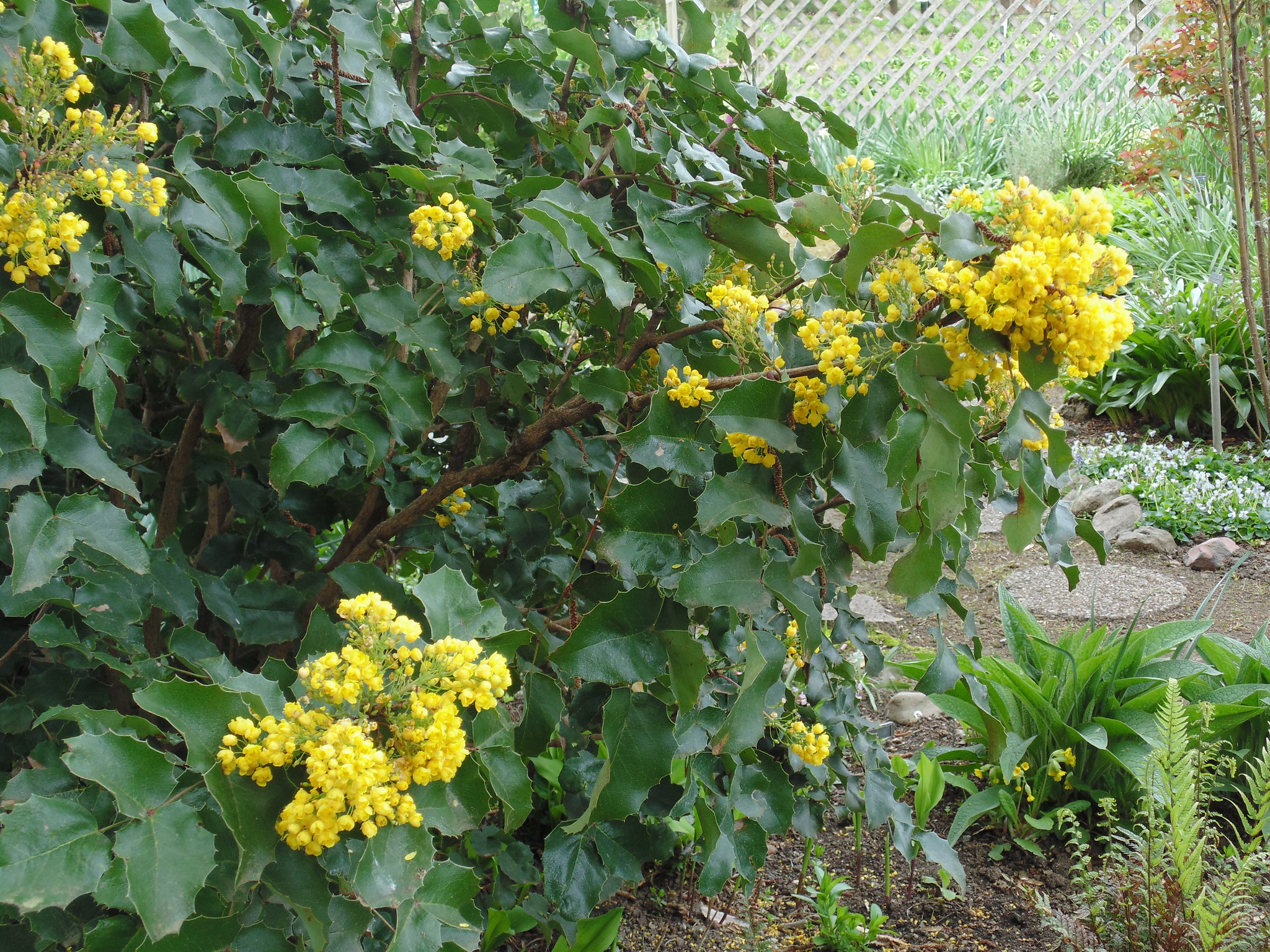As you celebrate spring, get your hands in the soil and start buying plants to decorate your garden, consider the benefits of natives.
“There’s a new aesthetic,” said Weston Miller, horticulturist with Oregon State University’s Extension Service. “Gardeners want to connect to nature and the heritage of plants that grow in the Pacific Northwest.”
Part of the draw is the correlation between native plants and pollinators. A native garden translates into nirvana for bees, birds, butterflies and other beneficial critters.
“The habitat value is really high,” Miller noted. “Native pollinators are accustomed to native plants and are more likely to be attracted to them.”
But even with natives, you’ve got to think about the right plant for the right place, he said. If you plant a sun-loving plant in the shade or vice versa, it’s not going to make it. For instance, plants that grow in the shade of the forest – such as salal and evergreen huckleberry – don’t want the full-sun, prairie conditions required by camas and meadow checkerbloom.
Sun- or shade-loving plants native to the Northwest will thrive in our wet winters and dry summers given the correct soil, water and sun exposure. If satisfied with their situation, these plants will reward you with a low-maintenance attitude.
If you wonder what exactly native means, Miller suggests thinking of the area west of the Cascades.
“It depends on your perspective,” he said. “Some people would say the Willamette Valley. Some would say the whole Pacific Northwest. I say western Oregon, from the Cascades to the Coast.”
For a list of native plants suitable for gardens east of the Cascades, refer to Selecting Native Plants for Home Landscape in Central Oregon.
Miller acknowledges that some native plants can look out of place in manicured gardens, but he urges people to use them at the back of a border or to create an area in the garden dedicated to natives. However, many natives such as Oregon grape (Mahonia aquifolium), which blooms a glorious yellow in early spring, act beautifully as specimens planted front and center. Another candidate for the spotlight is the justifiably popular vine maple (Acer circinatum) with its graceful, multi-trunked form and colorful fall presence.
“Oregon grape is just an awesome harbinger of spring,” Miller said. “Vine maples are also very high on my list. They attract beneficial insects in a big way and can be used as small trees or kept pruned smaller as large shrubs.”
For back-of-the-border situations, Miller recommends oceanspray (Holodiscus discolor), a large shrub with frothy sprays of white flowers in spring. Another plant that works best in the back is elderberry, either red (Sambucus racemosa) or blue (S. caerulea).
“If you’re looking for some height, elderberries are a good option,” he said. “Birds love the berries, and the blue elderberries are edible for humans, too.”
When it comes to bulbs, Miller speaks highly of Pacific Northwest iris (Iris tenax), a diminutive iris with flowers in the purple and blue range with white and yellow throats (called signals). He also likes tiger lilies (Lilium columbianum), which have freckled orange or yellow flowers hanging face down with petals curved up. Of course, his list wouldn’t be complete, he said, without the tall, blue-blooming camas (Camassia quamash), which was a food mainstay for Willamette Valley Native Americans.
For perennials, Miller is a fan of dainty, pink-flowering Pacific bleeding heart (Dicentra formosa), which can be a bit enthusiastic so should be planted where you don’t mind it running free. He’s also fond of the hummingbird magnet Western columbine (Aquilegia formosa), perky Oregon sunshine (Eriophyllum lanatum), pink meadow checkerbloom (Sidalcea campestris) and the useful coastal strawberry (Fragaria chiloensis), which is an easy-going ground cover with berries for wildlife.
All of these plants can be put in the ground now, Miller said, though spring is fine, too. He offers these instructions: Work in 4-6 inches of compost as deeply as possible. Then dig a hole about two feet by two feet for a one-gallon pot or 4-5 feet for a five-gallon pot. Replace enough soil so that the plant crown is level with the top of the hole. Fill in and water. No need to fertilize because you’ve amended the soil and natives don’t typically need much fertilizer. Water regularly until rains start in earnest.
For more information on native plants, check out Extension’s Gardening with Oregon Native Plants West of the Cascades or Native Plants for Willamette Valley Yards, a booklet produced by Metro in partnership with OSU Extension and other collaborators.

